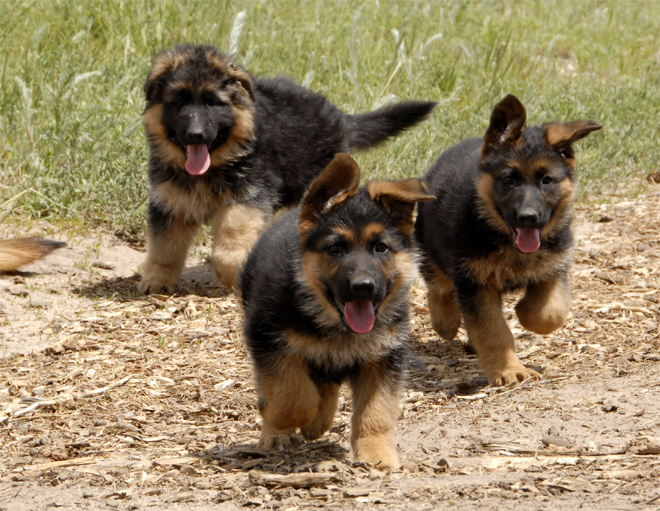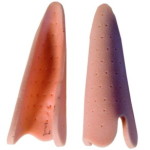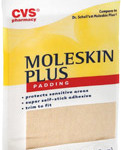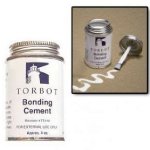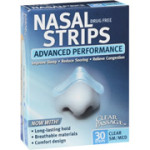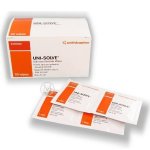With German shepherd ears the very first thing you need to do is, evaluate the whole situation, and then contact a Veterinary clinic that has experience in the taping of German shepherd ears. They will be able to give you expert advice on what to do. Here is a list of ideas and concerns that I have dealt with while working with German shepherd ears not standing up.
German shepherd ears not standing? Here’s what to look for:
- How old is the German shepherd puppy?
- Is the German shepherd puppy still teething?
- What size are the German shepherd ears?
- How is the German shepherd puppy’s diet?
- Has the German shepherd ears been damaged?
- Have I already messed with the ears, and possibly caused permanent damage?
How old is the German shepherd puppy?
During the first year of a German shepherd’s life, their ears will go up and down. Some German shepherd ears come up at 4 weeks and never go back down. Others may go up; then fall to the side, cross over, and then fall back down before ever standing correctly.
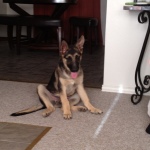
Before ever messing with German shepherd ears, it needs to be determined if it is possible for the ears to still correct themselves. I give a German shepherd puppy to the age of 7 months before I start to worry about their ears, unless I know that damage has been done. If their ears stood before they began teething and now they don’t, they will almost certainty come up again. However it is best to assist them before it’s too late. I have seen German shepherd ears come completely up after nine months.
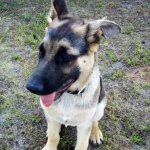
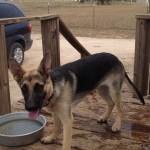
Is the German shepherd puppy still teething?
By the age of 7 months, most German Shepherd Puppies have finished cutting their teeth. If they are still cutting in their adult teeth, then I wait until they are done teething before worrying about the ears. A puppy that is still teething is obviously a sign that it is still in the process of growing into a mature puppy. Always insure that your puppy has plenty to chew on. Use things like Bully Sticks or Knuckle bones filled with peanut butter. This will help with the teething an exercise and strengthen the ears also.
What size are the German shepherd puppy’s ears?
There are different types of ears that a German shepherd puppy might have, and this needs to be taken into consideration. Some German shepherd ears are low and conform to the shape of their slightly larger head. Others are taller, and might even be a little thinner. Generally a German shepherd that has smaller ears will have more success with their ears standing on their own. A German shepherd that has the taller ears might need a little help, if the puppy can’t achieve a full erect ear on its own.


How is the German shepherd puppy’s diet?
A German shepherd puppy that is on a poor or low quality dog food might not be receiving the amount of nutrients that it might need to. For a list of recommended dog foods; please visit my Recommended Dog Foods page.
Although calcium is what some claim the puppy needs to help them straighten their ears; it is not recommended that you add it to the puppy’s diet. A German shepherd puppy’s digestive system is very sensitive. Extra calcium can also settle in the puppy’s joints causing the puppy more trouble in the long run. It is a better idea to add 1 tbsp. of cottage cheese or unflavored yogurt to each meal. Both of these contain live cultures that can help the puppy. Glucosamine and Chondroitin also helps with the ears. Instead of buying them in supplement form which usually comes from shellfish or shark cartilage. I suggest feeding chicken feet. Chicken feet are full of cartilage and provides a German shepherd with a supply of Glucosamine and Chondroitin.
Some Veterinarians might even inject calcium directly into the cartilage of the weak ear. You might want to check with your Veterinarian to see if this method is right for your German shepherd puppy.
Has the German shepherd ears been damaged?
If the German shepherd ears has been damaged, then it will most likely never correct itself. German shepherd ears can become damaged easily while they are still a young puppy. Here is a list of ways a puppy’s ears can become damaged:
- Other puppies biting or tugging on the ear.
- Humans, especially children who like to rub or play with the puppy’s ears.
- Neglect! Not examining and cleaning the puppy’s ears properly.
- The puppy constantly sleeping with its head wedged up against the wall of a crate.
A German shepherd puppy should never be left alone with other dogs that are mouthy, and might like to tug on the puppy’s ears. German shepherd ears should never be rubbed excessively or played with by human hands. This can weaken the cartilage and cause the puppy’s ears to never stand correctly. Never leave a German shepherd puppy with young children unsupervised, and make sure anyone who comes in contact with the puppy understands that its ears are not to play with.
German shepherd ears that don’t stand correctly can become filthy very quickly and go completely unnoticed. It is very important to check and clean German shepherd ears frequently. Contact your Veterinarian to receive correct instructions on how clean the puppy’s ears correctly.
You must always keep an eye on how your German shepherd puppy sleeps while crate training. If it has a tendency to wedge its head up against the crate’s wall, it can easily cause damage to an ear. Make sure the puppy has enough room to completely lay down flat; without its head touching a wall, but do got give it too much room or it could prolong the crate training process. This does not create permanent damage necessarily, but can prolong the time it takes for the ears to stand correct.
Have I already messed with the ears, and possibly caused permanent damage?
Many times an owner of a German shepherd puppy will over react and begin trying to correct German shepherd ears prematurely. Often times this does more damage, and in some cases is the only reason the puppy’s ears never stand correctly. Make sure that if you are going to begin trying to correct German shepherd ears that you have thoroughly looked at all your options and you have consulted your Veterinarian.
Different steps that can be taken in trying to correct German shepherd ears are:
Taping the German shepherd ears.
This is the most preferred method. Here is a great video showing the process of taping German shepherd ears.
(I also recommend placing tape on the top of the ear to keep the inserts from sliding out. You can also use plumbing pipe insulation or large pink foam hair rollers for the inserts.)
Ear Forms
These can be adhered to the inside of the puppy’s ears using Torbot Bonding Cement.
Moleskin Padding
Moleskin Padding In case you are looking for something a little less expensive than ear forms you can try Moleskin padding. It seems to be the most comfortable thing I’ve ever used to assist with the ears, and without really paying attention you would not even notice they were in there. They seem to hold up real well and they don’t fall apart like pipe insulation does. Here is how you do it:
1) Purchase Moleskin Padding with adhesive backing from a pharmacy.
2) Purchase Torbot skin bond online.
OR
Purchase 3M Black super Weatherstrip and Gasket Adhesive from any auto parts store. PLEASE READ WARNING LABEL BEFORE CHOOSING TO USE THIS PRODUCT!
3) Purchase large Nasal Strips from a pharmacy.
4) Purchase some Adhesive Remover wipes online. Or you can simply use baby oil.
5) Clean out the ears real well with an ear cleaning solution. Inspect the ears for any irritations or infections and allow ears to dry completely.
6) Cut the moleskin to the shape of the inside of the ear… kind of like a teardrop. Making sure it is small enough to have 1/4″ all around the moleskin.
7) Next remove the backing off the moleskin and apply a thin layer of Torbot or adhesive to it. Allow the Torbot glue to dry for about a minute. If you use the 3M adhesive it can be applied instantly.
8) Have an assistant hold the ear open to where you can easily fit the moleskin into the ear as centered best you can… making sure it is covering the crease in the bottom of the ear.
9) Inspect the moleskin for any loose spots and touch up the edges with Torbot or adhesive to make sure it is secure.
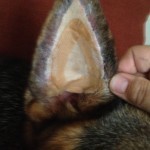
10) Last decide where the weakest parts of the ear are at and place the nasal strips over it vertically to help the ear stand correct. You can also place one horizontally at the lowest part of the moleskin over the crease to form a triangle shape with the nasal strips.You should end up using two to three strips per ear, and they stick really well to the moleskin. I noticed it still allows for a full range of motion of the ears. When they are erect they are perfect and not heavy; like with pipe insulation. It also does not restrict any blood flow or have to be removed so the ears can breathe; unlike with taping the ears. Even if the ears never stand perfectly on their own this is a technique that can assist them to be erected without being cumbersome. They can last for days up to weeks with no signs of coming loose. When they begin to come loose use the adhesive remover wipes to remove any glue remaining in the ear. The moleskin should fall out naturally.
Instructional video on how to apply moleskin padding to a German shepherd’s ear
Applying Glue Tee-Pee Style
This works by applying Tear Mender glue to the outer edge of both ears and pressing them together. Here is a video showing how to do this properly.
Soft ears are a bad genetic trait in German shepherds. If the ears don’t correct themselves and taping or gluing is required; it would be best for that dog not to be bred. It should be our goal to produce the most healthiest and intelligent German Shepherds we can. Although soft ears do not take away from how intelligent the breed is, nor does it take away our love we may have for our K-9 companion. It is not according to the breed standards. And no matter what anyone else tells you it can create some health risk for the German shepherd dog. For example: if your German shepherd has one ear that stands and one ear that doesn’t. Try cleaning the inside of both ears with ear cleaning solution and a cotton ball. You will quickly notice that the ear that is erect is much cleaner than the one that is soft. This can cause ear infections, hearing loss, and much worse if the German shepherd ears are not frequently cleaned.
This should not change how much we love our dog if they are a companion dog, but it can hurt us financially and emotionally if we intended the dog to be bred or competed. Many times you will see a German Shepherd dog being rescued or abandoned simply because of it ears not standing correctly. In order for us to learn how to keep a positive attitude if our dogs ears are not according to the standards, and to ensure that we are accepting of the fact that this does not change the responsibility we have to love and provide for the German shepherd I recommend obtaining the Acceptance and Responsibility books from The Peaceful Solution Character Education Program, INC.
All of these steps can aid the German shepherd Puppy in helping its ears stand erect; but should only be done under the advice of a trained professional.

